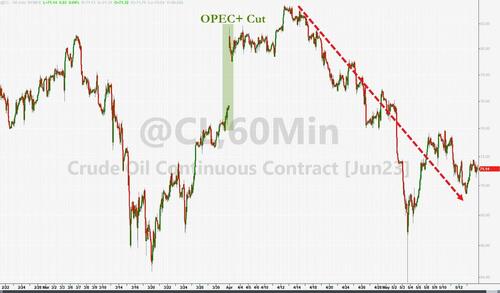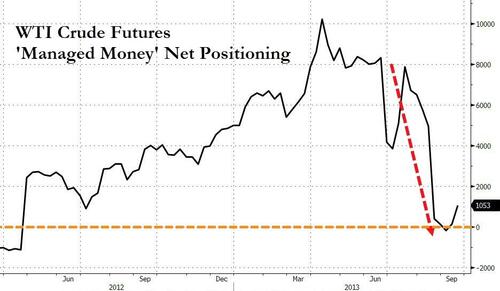By Tsvetana Paraskova of OilPrice.com
The decline in oil prices over the past few weeks contrasts with an expected tightening of the market later this year when demand exceeds supply by nearly 2 million barrels per day (bpd), the International Energy Agency (IEA) said on Tuesday.
Since the middle of April, oil prices have lost all the gains from OPEC+’s latest announcement of new production cuts.
Early on Tuesday, WTI Crude traded at around $71 per barrel, down from more than $80 a barrel in the days following OPEC+’s surprise news of more than 1 million bpd cuts between May and December 2023.
In the latter part of April and early May, the price of Brent oil slumped by $16 a barrel in just two weeks, as concerns about the economy and future demand weighed on market sentiment, the IEA said in its closely-watched Oil Market Report today.
Oil prices registered last week their fourth week of weekly losses as concerns about the Chinese and U.S. economies continued to negatively impact market sentiment. This was the longest weekly losing streak for oil since November 2021.
“Prices were pressured lower by muted industrial activity and higher interest rates, which, combined have led to recessionary scenarios gaining traction and worries of a downward shift in oil demand growth,” the IEA said in its report, commenting on the oil prices.
“The current market pessimism, however, stands in stark contrast to the tighter market balances we anticipate in the second half of the year, when demand is expected to eclipse supply by almost 2 mb/d,” the international agency added.
Global oil supply has been lower in recent weeks due to outages in Iraq, Nigeria, and Brazil, and supply losses are set to increase in May with wildfires shutting in part of Canada’s production and OPEC+ producers starting to implement the latest cuts, the IEA noted.




